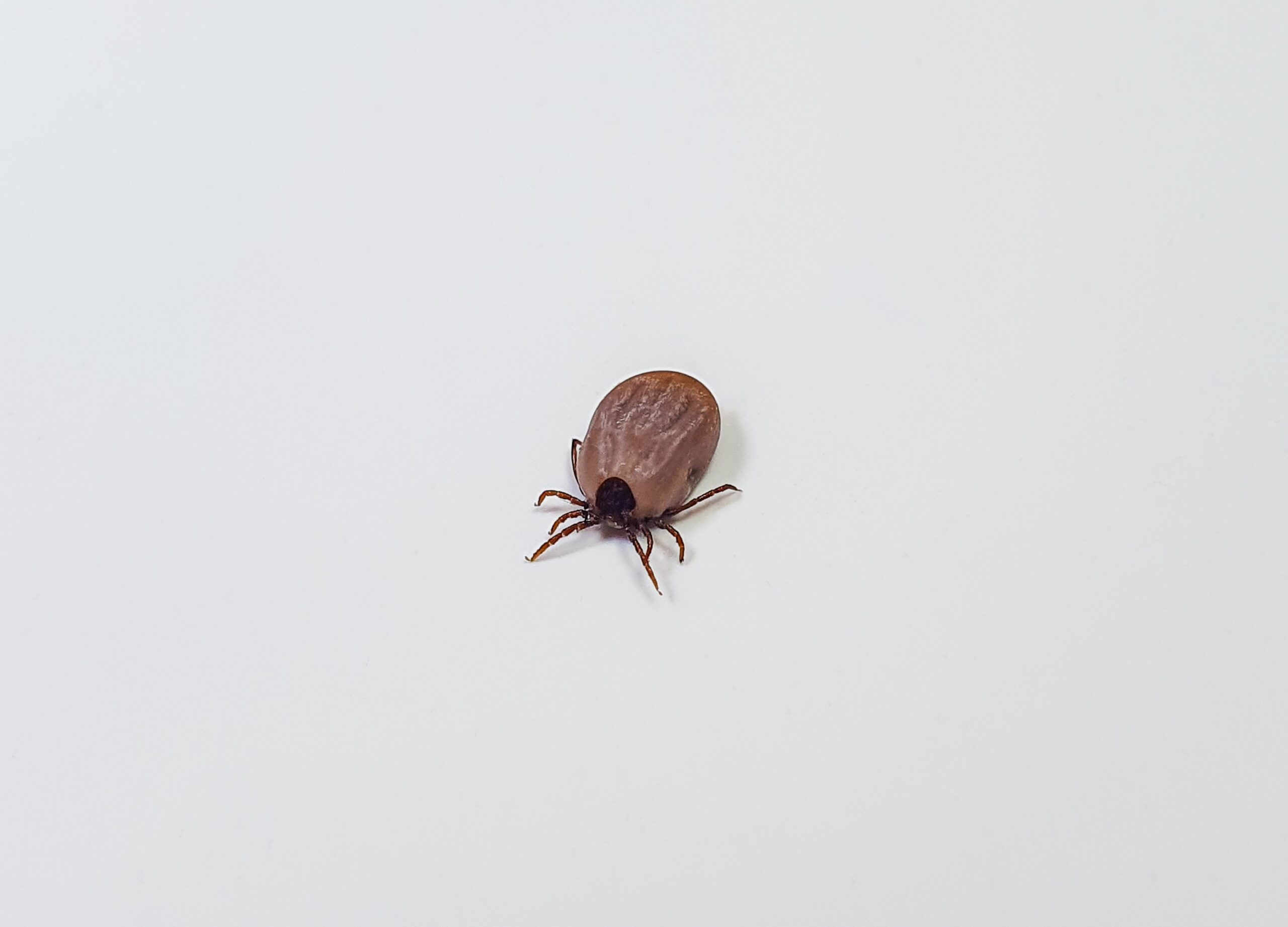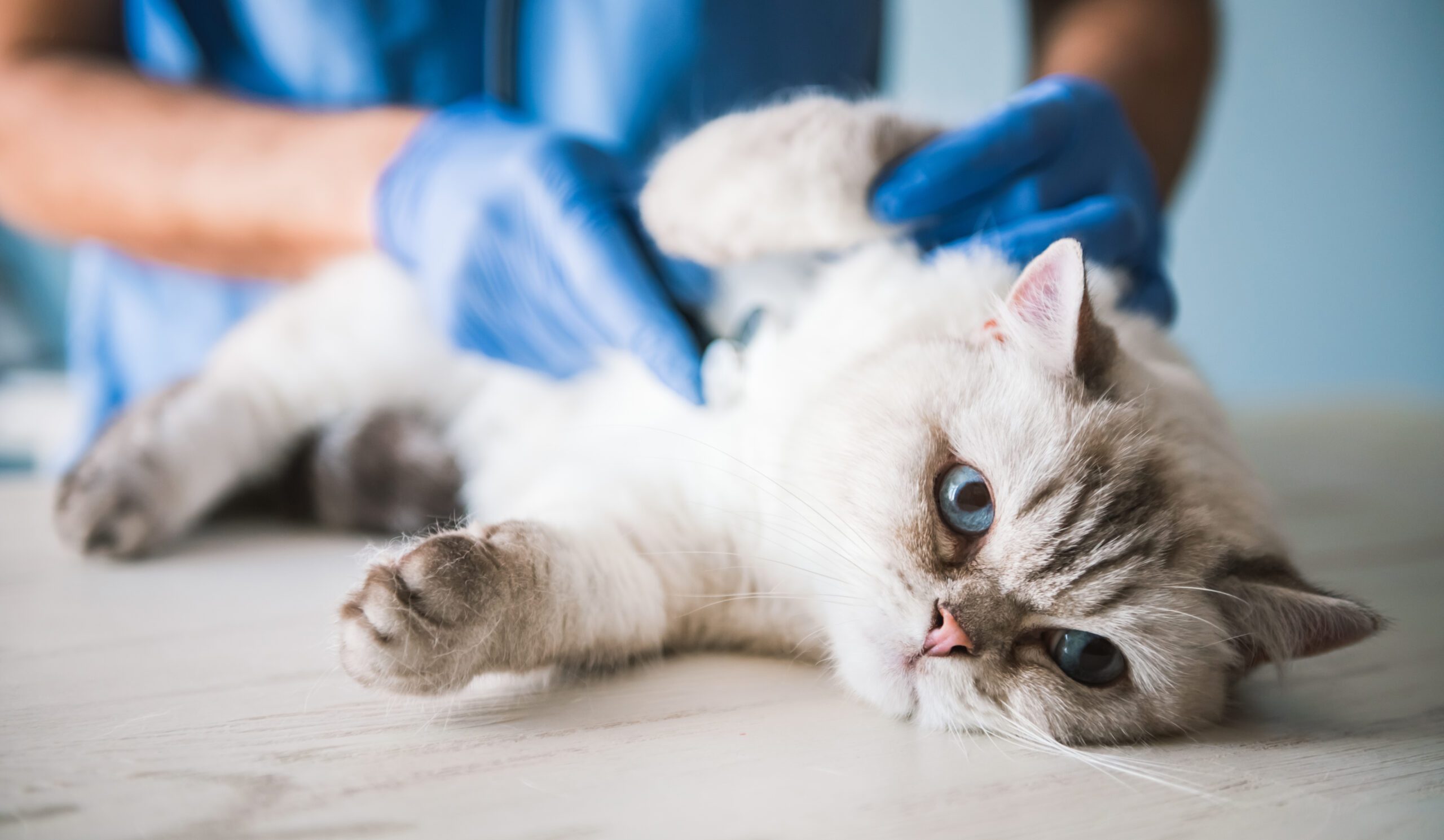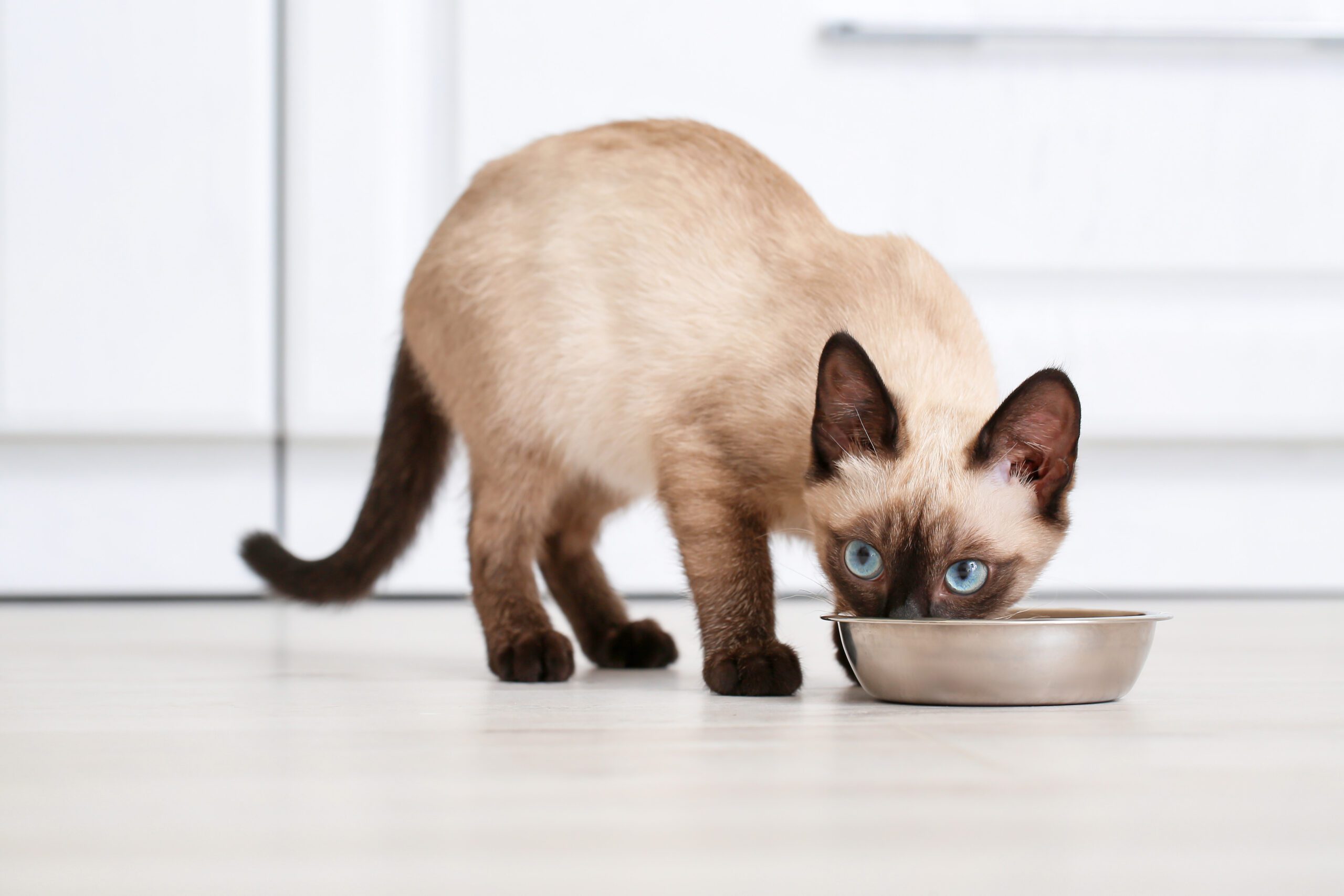Where should my rabbits live?
The natural habitat for a rabbit is a warren of burrows. This has multiple exits into a large area of grassland and undergrowth for foraging. There will be a nearby water source and good visibility. It is important to try and mimic this environment for pet rabbits to keep them happy and healthy.
The warren is a maze of tunnels with many different sleeping areas and remains a constant 10°C all year round. Multiple entrances and exits gives an easier escape from predators both inside and outside. The warren is sited either on a hill or in a large open area, so that predators can be seen easily, and the alarm raised. Rabbits will also stand up on their back legs on a raised piece of land to get a better view.
Rabbits must have room to move about freely, to forage, to gnaw, chew and dig and to socialise or isolate as they choose.
Suitable environment
It can be tricky to cater for all your rabbits’ needs either indoors or outdoors at home. The age-old practice of keeping one rabbit in a hutch in the garden has been shown to be extremely detrimental to the rabbit’s physical and mental health. It is now advised against.
Rabbits are social creatures and should be housed in pairs or groups. Their environment should provide enough room for them to be able to move about freely, to be on their own if they choose and to behave as they would in nature.
They should be protected from predators, including the family dog or cat. Rabbits should also be protected from heat and cold and provided with enrichment to keep them occupied. They will need resting places for their daytime naps, with toileting areas. Raised platforms for keeping watch are much used as the rabbits watch their surroundings.
Rabbits are naturally most active at dawn and dusk and ideally any handling or interaction should be within this time.
Your rabbits will need:
- A safe sleeping enclosure with bedding. There should be enough room for your rabbits to hop 3 times and to get away from each other should they need to. Two entrances/exits, a toileting corner, water and lots of forage.
- Access to a large exercise area. A minimum of 3m x 2m x 1m in size. Ideally all the time but especially when the rabbits are most active
- Tunnels, raised platforms, hidey hole boxes for daytime napping, toileting places, water provision, a dig box and scattered forage.
- Things to do – toys to throw, branches to chew, a ball to chase.
- Interaction with yourself and your family
Inside or outside? suitable shelter
Indoor enclosures
Indoor rabbits can have part of a room, a whole room or free access around a part or whole of the house. A whole room or part of a room is easier to keep rabbit friendly. Identify a dedicated, safe area that the rabbits have access to all the time. A dig box, toys, tunnels, hidey holes and platforms can all be sited inside. Forage can be scattered around the room so the rabbits must search for it.
The resting places and sleeping area should not be in full sun. Try and choose a room that does not get direct light or keep the curtains closed on sunny days. The central heating may also need to be turned off in that room. Ventilation is important. Keep a top window open (check for draughts) or have a fan in the room (beware the cables) to help with air movement.
Outdoor enclosures
Outdoor rabbits can have a large, sealed run with a hutch inside. They also need 24-hour access to the safe area outside. Or the hutch could be outside the run and joined by a sealed tunnel, again giving free access.
The hutch should not be in direct sunlight and there should be shaded areas available in the run. If there is no shade, then placing a sun-barrier or small upright fence or planting a shrub nearby to give shade is an option. Ventilation should be considered – the sleeping area entrances should not be hit by the prevailing wind. Even though rabbits do not tolerate draughts, they do need good ventilation, so try and ensure that the circulation of air is not stopped.
Safety
Rabbits will live happily indoors or out if their natural needs are considered and provided for. Safety is the first consideration.
Indoor enclosures
Indoor rabbits should be given as much room as you can. Rabbits will chew, so any electric cables should be hidden out of sight and reach. Floor coverings and wooden fixtures and fittings will be chewed, so you must expect some damage. It has been known for a rabbit to be left in one room and then be found in the room next door after having chewed right through a stud wall. In an enclosed room it is easier to prevent damage by providing plenty of things for the rabbit to do. If the rabbit has free house access, protecting everything from the rabbit as well as the rabbit from itself is much more difficult. Many of the objects that a rabbit can chew indoors can result in intestinal obstruction. Many houseplants are toxic, so care must be taken.
Outdoor enclosures
Outdoor rabbits are at risk from foxes, badgers, stoats, birds of prey and cats. Unwell or less active rabbits are also at risk from rats and corvids. The enclosure should have a wired floor or a buried wire mesh barrier around the perimeter to prevent animals digging in or rabbits digging out. A wired roof will also prevent bird access. If the rabbits have free access to the garden, then perimeters need rabbit proofing to prevent escape. Supervision is needed in case of predation. When rabbits are free in the garden and the planting needs to be checked in case of toxicity.
Bedding:
Indoor enclosures
Indoor rabbits can be bedded on soft blankets or vet beds. Newspaper (can stain the feet), shavings or shredded paper can be used in the litter tray. Rugs or bathmats should be used on wooden or laminate floor to give the rabbits a better grip and prevent injury. If the rabbits chew and swallow pieces of bedding the gastrointestinal tract can become blocked. The enclosure contents need regularly checking for damage. Remove all damaged items immediately to prevent ingestion. The litter tray should be changed daily, and other items cleaned regularly. Clean the rugs and mats one at a time to make sure that the smell of the rabbits’ territory is not completely removed in one go. Blankets used as bedding can be regularly changed, but again, not all at the same time unless absolutely essential. The sleeping area should be emptied and cleaned with a rabbit-safe disinfectant every week.
Outdoor enclosures
Outdoor enclosures will have a wider temperature fluctuation through the year. Due to this they will need shavings or shredder paper for liquid absorption, with lots of bedding straw and hay on the top. The hay and straw mean that wetness is wicked through to the underlying absorbent layer. This keeps the surface layer and your rabbits dry. The litter corner should also be cleaned out daily. The full hutch clean should be cleaned every week. Disinfection is required (with a rabbit safe disinfectant) every two to three weeks in the winter, every week or two in the summer.
Try and make sure that there are no leaks or rain access into the sleeping quarters. The bedding needs to be kept dry all through the winter.
Mental health
Rabbits that do not have a suitable environment, lack mental stimulation and do not have the ability to perform their natural behaviours become frustrated and bored. They can develop abnormal repetitive behaviours, such as circling, cage-chewing or over-grooming.
Rabbits can also slip into a quiet depression. They can therefore become dull and non-responsive if they do not have enough to keep them occupied. Remember, that a sick rabbit will also sit quietly, not eat, look depressed and not move around. If your rabbit is showing these signs a vet check is required to make sure your rabbit is not unwell. If there are no signs of illness than the enclosure should be evaluated to ensure it meets the rabbits needs.
Companionship
Having a companion and the correct environment keeps your rabbits’ minds active. It also keeps them alert and busy and able to rest better between periods of activity.
Another important enrichment is the rabbits’ interaction with you. Spending time with your rabbits, getting their trust and starting to train them is rewarding for all of you. The rabbits benefit from the mental stimulation and feeling safe and enriched in their environment, and you develop that human-animal bond that helps boost your mental health. It has been shown that this bond reduces loneliness and stress levels, increasing the ‘happy hormones’ within the brain.
Keeping rabbits in a rewarding experience. By giving your rabbits the correct environment, by gaining their trust and developing that important human-animal bond, you are benefitting your health as well as giving your rabbits a good quality of life. Training your rabbits to come, fetch and do tricks is the next step on this mutual benefit pathway, so look at our rabbit training article for help starting out.





